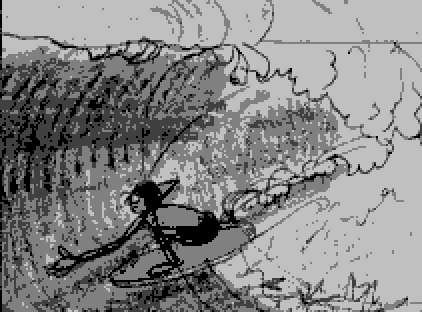![]()
(But, of course the pencil
is itself a technology . . .)
Our students may use word processors or Web editors to create or deliver their projects, but many people still do not consider the technology itself as important. Indeed, to many it is an impediment. Long live the pencil!
![]()
(But, of course the pencil
is itself a technology . . .)
In this project, therefore, I take a brief look at the history of the computers-and-writing field and suggest ways in which we might think further about how the technology we use to read/write impacts the messages we send and receive in (sometimes) transparent ways. In so doing, what I hope to accomplish is to make readers aware that this very transparency, which many have argued is, if not a desirable goal, at least an expected one (that is, we don't talk about "pencils and writing" as a field), is something that we may need to guard against. By focusing on how various technologies impact the forms we use (and hence the messages we send and receive) rather than allowing the technology to become transparent, we can help ensure that our students will be able to make informed choices that depend on the requirements of a given communicative situation rather than on the constraints of any given technology, past, present, or future.
—>Riding the Waves
The First WaveThe first wave of computers and writing studies involved a sometimes unquestioning faith in the ability of computers to help our students learn to write traditional texts, using drill-and-(s)kill technologies, heuristics programs of varying levels of sophistication, and careful instruction in cut-and-paste techniques, modeling reading, writing, and thinking skills as they are facilitated or moderated by the computer. [more] |
 |
|||
The Second WaveThe second wave took a more critical approach to the use of computers both in and out of the classroom. Seminal work such as Selfe and Selfe's "The Politics of the Interface" brought attention to the negative potentials of technology as well as paying close if cautious heed to its possibilities. [more] |
||||
The Third WaveThe third wave brings us to where we are now. Technology is ubiquitous in our classrooms, for better or worse. And yet.... Little has changed. We have yet to determine what it is that we are--or should be--teaching in light of changing definitions of literacy in the digital age. [more] |
||||
Janice R. Walker
jwalker@gasou.edu
Georgia Southern University